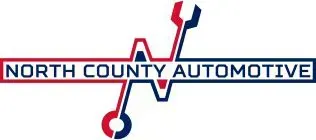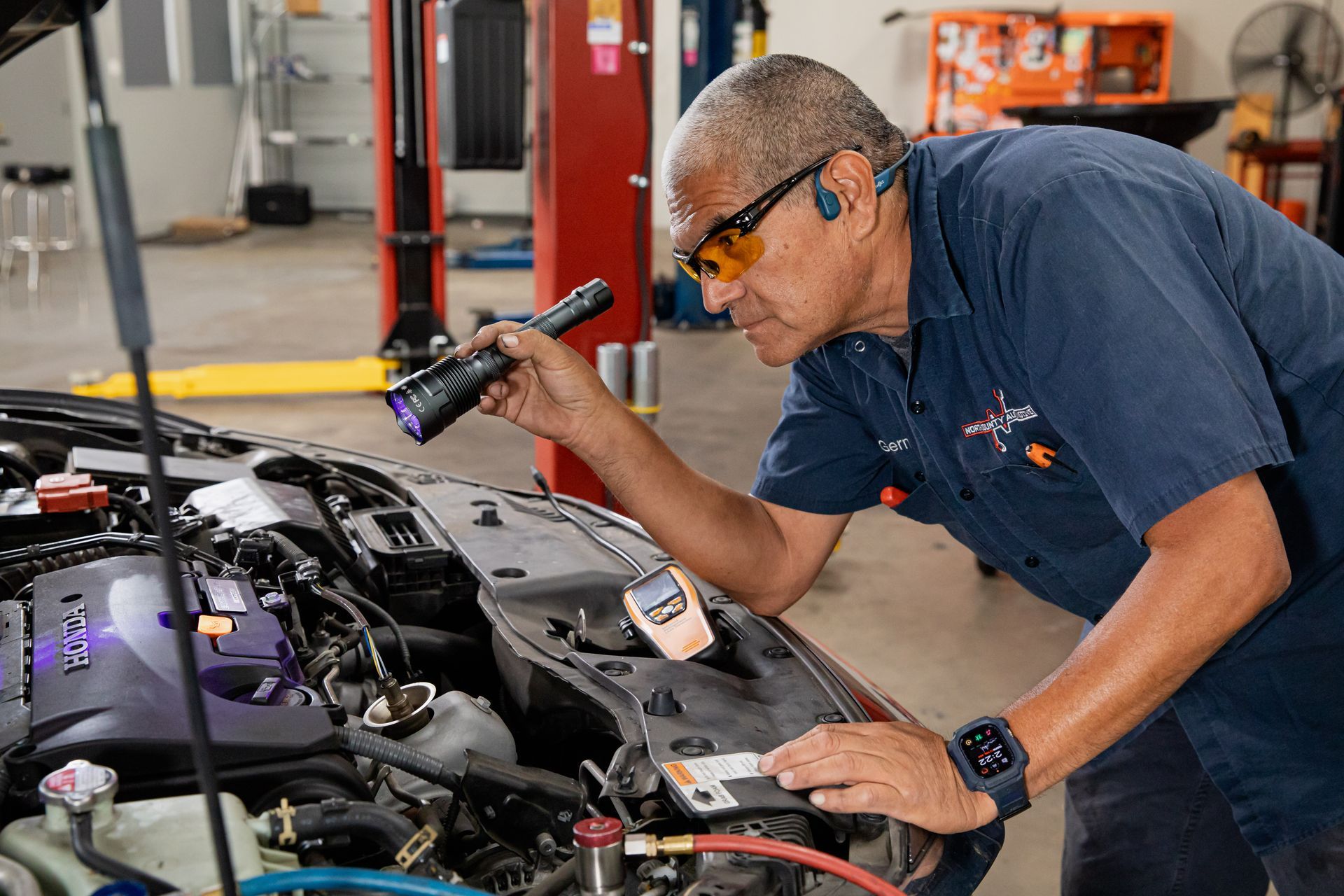Why You Shouldn’t Ignore Your Check Engine Light
What It Means and Why Prompt Diagnostics Matter
We’ve all been there: you’re driving along when suddenly that little check engine light appears on your dashboard. It’s not flashing, your car seems to be running fine… so you figure you’ll deal with it later.
But here’s the truth: ignoring your check engine light is like hitting the snooze button on a potential disaster. At North County Automotive, we’ve seen how something that starts as a simple issue can snowball into a major, expensive repair when left unchecked.
Let’s break down what the check engine light really means, what could be causing it, and why early diagnostics are your best defense.
What Is the Check Engine Light?
The check engine light (CEL) is part of your vehicle’s Onboard Diagnostics System (OBD-II). When your vehicle's sensors detect a problem with the engine, emissions system, or drivetrain, the OBD system triggers the light to alert you that something isn’t functioning as it should.
It doesn’t always mean disaster, but it always means something needs attention.
Common Reasons Your Check Engine Light Comes On
1. Loose or Damaged Gas Cap
This is one of the most common (and easiest to fix) causes. A loose or cracked gas cap can cause fuel vapors to leak and reduce fuel system pressure, triggering the light.
What to do: Try tightening the cap. If the light doesn’t go off after a few trips, it may need replacement or further inspection.
2. Faulty Oxygen Sensor
The oxygen sensor measures the amount of unburned oxygen in your exhaust and helps regulate your fuel mixture. A faulty sensor can cause your car to consume excessive fuel, resulting in reduced fuel economy and increased emissions.
Why it matters: Ignoring it can damage your catalytic converter, which is a much more expensive repair to make.
3. Catalytic Converter Issues
Your catalytic converter helps reduce harmful emissions. If it's failing, you may notice reduced performance, sluggish acceleration, or a sulfuric "rotten egg" smell.
Why it matters: Replacing a catalytic converter can cost thousands. Catching the problem early could save it.
4. Mass Airflow Sensor (MAF) Malfunction
The MAF sensor measures the amount of air entering the engine, allowing the computer to adjust the air-fuel mixture. A faulty MAF sensor can lead to rough idling, stalling, or poor acceleration.
What to do: A quick diagnostic test can confirm the issue before it affects engine performance.
5. Spark Plug or Ignition Coil Problems
If your engine is misfiring, it could be due to worn-out spark plugs or faulty ignition coils. You may notice that your car is hard to start, runs roughly, or lacks power.
Why it matters: Prolonged misfiring can damage the catalytic converter and cause more serious engine issues.
6. Emissions System Failures
A faulty EVAP (Evaporative Emission Control System) component can cause the check engine light to illuminate, often triggered by issues such as leaky hoses or valves.
What to do: These can be tricky to track down, but professional diagnostics can isolate the problem fast.
What’s the Difference Between a Solid and Flashing Light?
- Solid Check Engine Light: There’s a problem, but it’s likely safe to drive, for now. Still, you should schedule a diagnostic test soon.
- Flashing Check Engine Light: This indicates a
severe misfire or major fault that could
damage your catalytic converter. Pull over and have your vehicle towed to a trusted shop immediately.
Why You Shouldn’t Wait
Ignoring the check engine light might seem harmless, especially if your car still feels okay. But even minor issues can:
- Reduce your gas mileage
- Damage critical components
- Lead to breakdowns or safety hazards.
- Turn a $150 fix into a $1,500 repair.
Early diagnostics mean quicker repairs, less damage, and more peace of mind.
How North County Automotive Can Help
At North County Automotive, we use advanced diagnostic tools to quickly identify the root cause of a check engine light and provide clear, honest solutions. Our ASE-certified technicians will explain what’s going on in plain language and get your car back to full health without unnecessary upsells.



